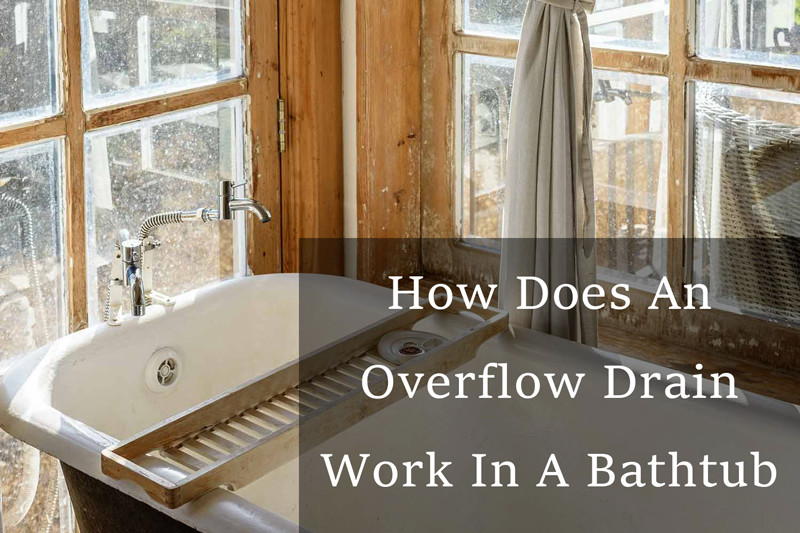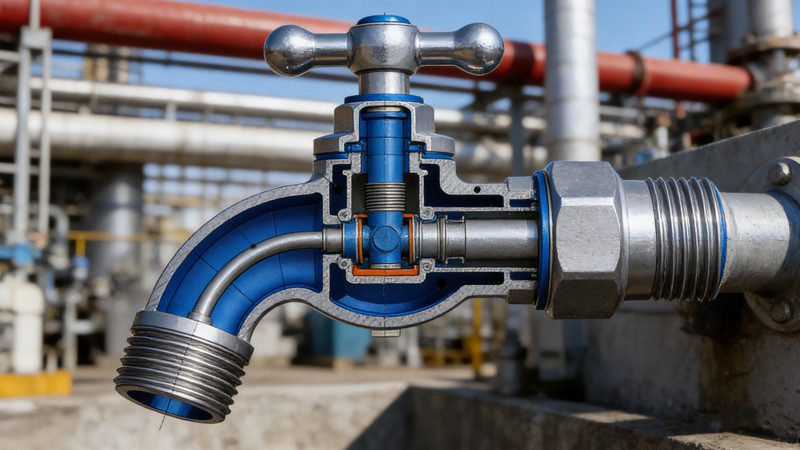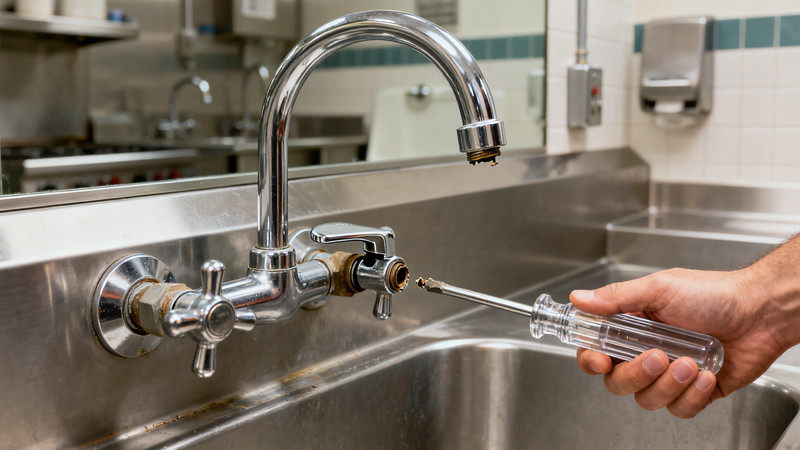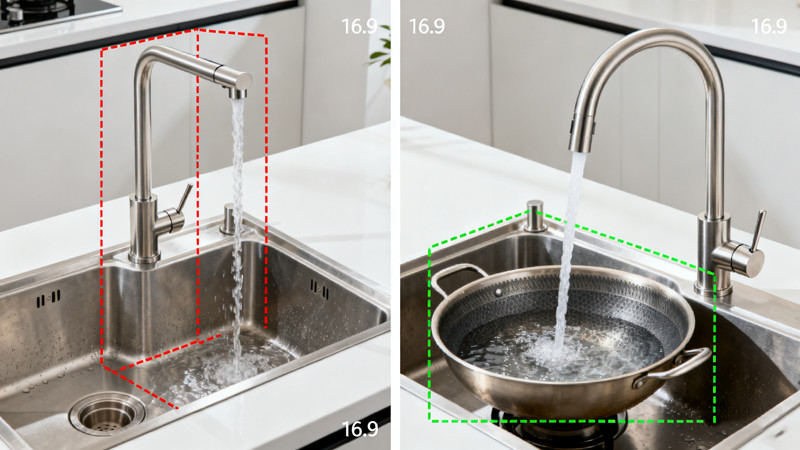
Bathing is a daily ritual for most people, providing relaxation and rejuvenation. But have you ever wondered how a bathtub is designed to prevent overflowing? The answer lies in the ingenious engineering of the overflow drain. How does an overflow drain work in a bathtub? In this post, we will explore the inner workings of an overflow drain in a bathtub and understand its crucial role in maintaining water levels, preventing flooding, and ensuring your bath remains a soothing experience.
Anatomy of an Overflow Drain
Before delving into the functionality of an overflow drain, let’s take a closer look at its physical components. The overflow drain consists of several key parts:
- Overflow Opening: This is the visible component, typically a small, round hole located near the top edge of the bathtub, usually at the head of the tub. It serves as the point where excess water is drained.
- Overflow Drain Pipe: The overflow opening connects to a pipe that runs vertically down the backside of the bathtub, adjacent to the inner wall. This pipe is hidden from view and carries the overflow water away.
- Overflow Drain Assembly: Inside the tub, beneath the overflow opening, there is an assembly that contains a plunger or pop up stopper. This assembly connects to the overflow drain pipe and is responsible for controlling the flow of water.
- Trap Assembly: The overflow drain pipe is typically connected to the main waste and drain pipe of the bathtub via a trap assembly. This helps to prevent foul odors and sewer gases from entering your bathroom.
How Does An Overflow Drain Work In A Bathtub

The overflow drain in a bathtub serves a critical purpose in maintaining the water level and preventing potential flooding. It operates using a combination of physics and simple mechanisms.
- Preventing Overflows: When you fill your bathtub with water, the water level rises. As the water level approaches the overflow opening, water begins to flow into the overflow drain pipe. This prevents the water from spilling over the edge of the tub and onto your bathroom floor. In essence, the drain acts as a safety valve, ensuring that the water never reaches a point where it could flood the bathroom.
- The Plunger or Pop-Up Stopper: The plunger or pop up stopper, located inside the drain assembly, plays a crucial role. When you are in the tub, the plunger is usually pushed down, allowing water to flow freely into the drain pipe. As the water level rises, the buoyant force on the plunger becomes stronger, counteracting the force of gravity. This equilibrium prevents the plunger from completely sealing off the drain, allowing excess water to escape into the overflow drain pipe.
- Balance of Forces: The equilibrium between the buoyant force and gravity is essential. If the water level in the bathtub exceeds the capacity of the drain, the buoyant force on the plunger becomes insufficient to counteract gravity, and the plunger seals the drain. This prevents further water from entering the overflow drain pipe and directs the excess water back into the bathtub. It’s like a built-in water level regulator that ensures your bathwater never overflows.
- Connecting to the Main Drain: The overflow drain pipe is typically connected to the main waste and drain pipe via a trap assembly. This connection ensures that any water that enters the overflow drain pipe is eventually directed to the main plumbing system, preventing any water from accumulating in the space between the bathtub and the bathroom floor.
- Preventing Odors: The trap assembly also serves an important function in preventing foul odors from escaping from the main drain. The curved section of the trap, known as the “P-trap,” retains a small amount of water, creating a seal that prevents sewer gases from entering your bathroom.
Maintenance and Troubleshooting
While the overflow drain system in a bathtub is a relatively simple and effective design, it can sometimes encounter issues. Here are some common maintenance and troubleshooting tips:
- Cleaning: Over time, debris and soap scum can accumulate in the drain and trap assembly. Regular cleaning can help maintain the proper functioning of the system. Use a wire or pipe brush to clean the inside of the overflow drain pipe and the trap assembly.
- Clogs: If you notice slow drainage or water backing up in your bathtub, it may indicate a clog in the overflow drain or the main drain. You can try using a plunger or a drain snake to clear the clog. If the problem persists, it may be necessary to seek professional plumbing assistance.
- Leaks: Leaks around the overflow drain opening or in the drain pipe can be a cause for concern. Inspect for any visible cracks or damage and seal them using waterproof caulking if necessary. If the leak persists, it is advisable to consult a plumber to address the issue.
- Ineffective Drain Closure: If the plunger or pop-up stopper in the drain assembly does not effectively seal the drain when the water level rises, it may need adjustment or replacement. This is a relatively simple repair that can improve the efficiency of the drain system.
Conclusion
The overflow drain in a bathtub may often go unnoticed, but its role in maintaining water levels and preventing overflows is crucial for ensuring a hassle-free and enjoyable bathing experience. Its elegant yet straightforward design, using the principles of buoyancy and gravity, allows it to act as a reliable safety valve, preventing your bathroom from turning into an unintentional swimming pool. Understanding how the overflow drain works and being aware of its maintenance can help you keep your bathtub in perfect working condition and ensure that your baths remain a source of relaxation and comfort.
In summary, the overflow drain is a simple yet ingenious solution that plays a pivotal role in our daily lives, making sure our baths remain serene and mess-free. So the next time you take a relaxing bath, you can appreciate the silent, dependable work of the drain keeping your bathroom dry and your experience enjoyable.
 WOWOW Faucets
WOWOW Faucets





